
The spirit of human solidarity and kinship with all life is strengthened when we live with reverence for the mystery of being, gratitude for the gift of life, and humility regarding the human place in nature.
~Earth Charter~
Looking around at the scorched wreckage of today’s polity, one wonders how the Earth Charter even came into being. It was launched at The Hague to great fanfare just 25 years ago this summer. Eight years in the formulating, it was the work of the independent Earth Charter Commission. Convened to follow up the 1992 Earth Summit, its task was to produce a global consensus statement of principles for a sustainable future. Endorsed by thousands of organizations, it has 79 affiliates around the world.
Short and clearly written, the Earth Charter is a blueprint for a way forward, setting forth sixteen principles, four in each of four pillars. Respect and care for the community of life; ecological integrity; social and economic justice; and democracy, nonviolence, and peace. The captions of the accompanying photos are from its various sections.
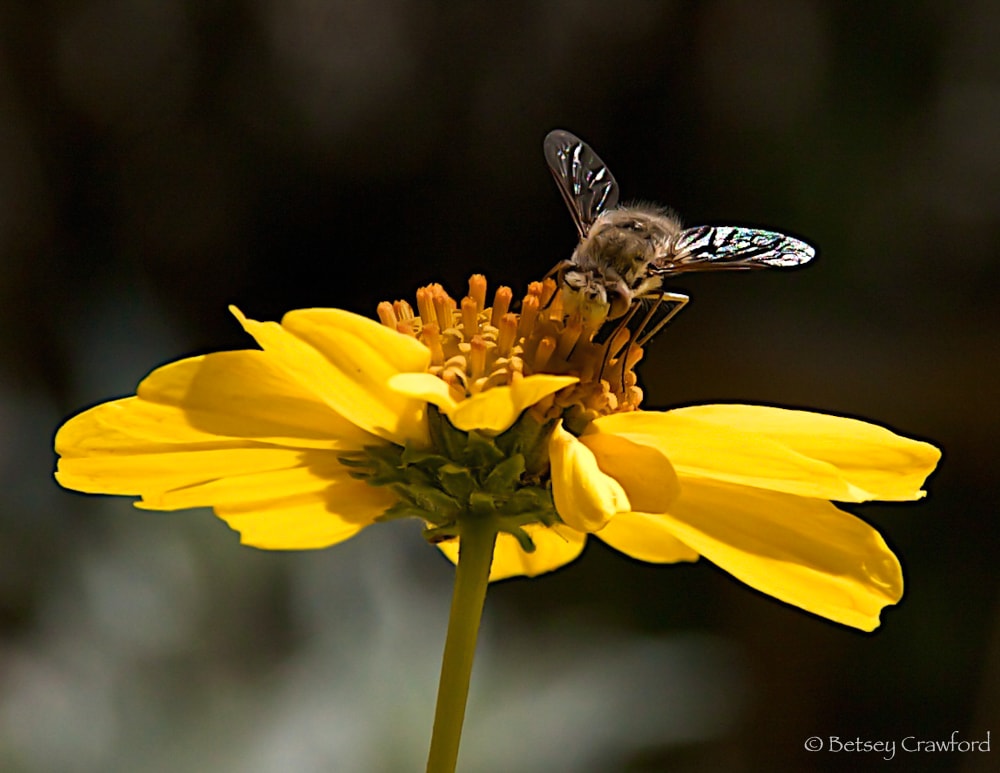
The eclectic group of creators included former USSR head Mikhail Gorbachev and South American theologian Leonardo Boff. Nobel Prize-winning African environmental activist Wangari Maathai and Jordanian activist Princess Basma Bint Talal. Maori elder Pauline Tangiora and teenage Canadian activist Severn Cullis-Suzuki. There were twenty-three on the commission, but people and organizations worldwide — over five thousand people — participated.
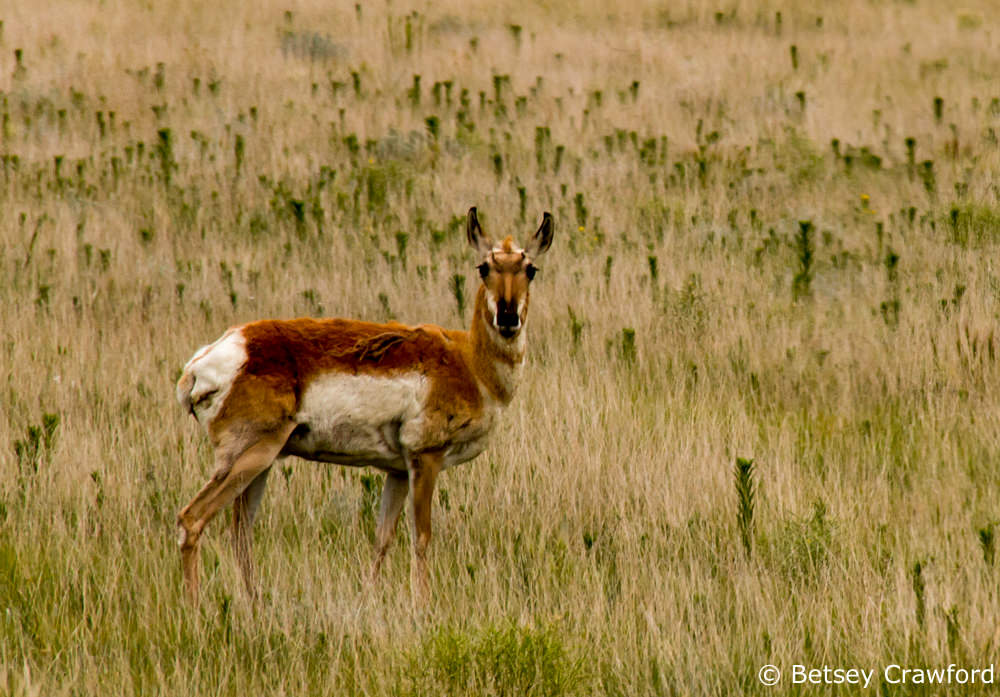
We stand, the Charter begins, “at a critical moment in Earth’s history.” We are now standing at an even more critical moment because of the progression of global warming and the erosion of democracy. Tragically, we seem to be even further away from the recognition that “we are one human family and one Earth community with a common destiny.”
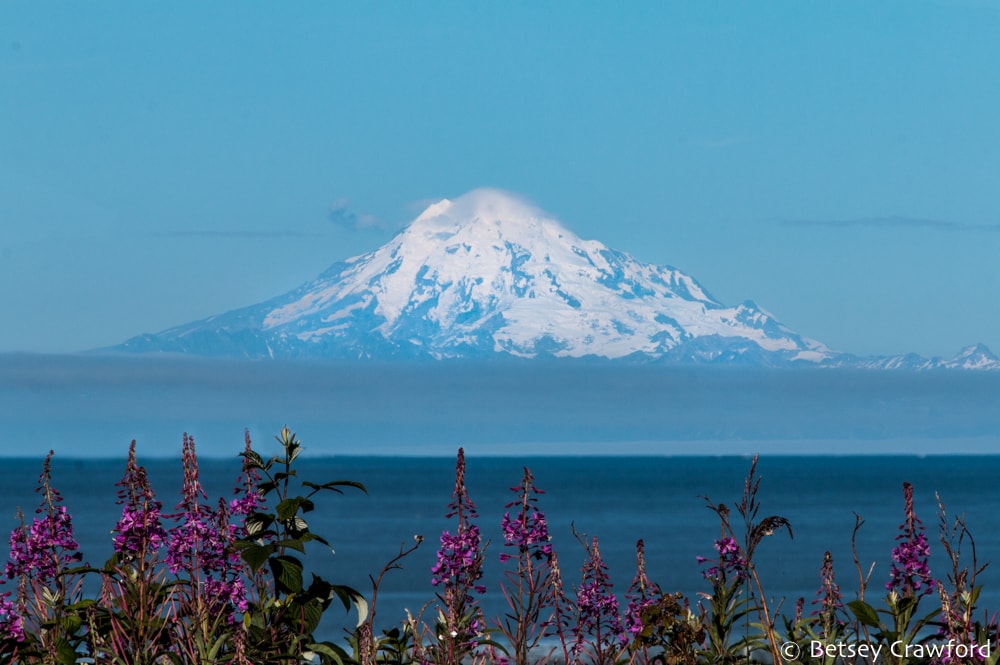
The Charter, product of a global community, saw salvation in extending that outward. “Our environmental, economic, political, social, and spiritual challenges are interconnected, and together we can forge inclusive solutions.” But the desire to work together, especially to compromise, is in short supply these days. Against feelings of chaos and confusion, communities and nations turn inward. Wanting not “a sense of universal responsibility” but to take care of their own.
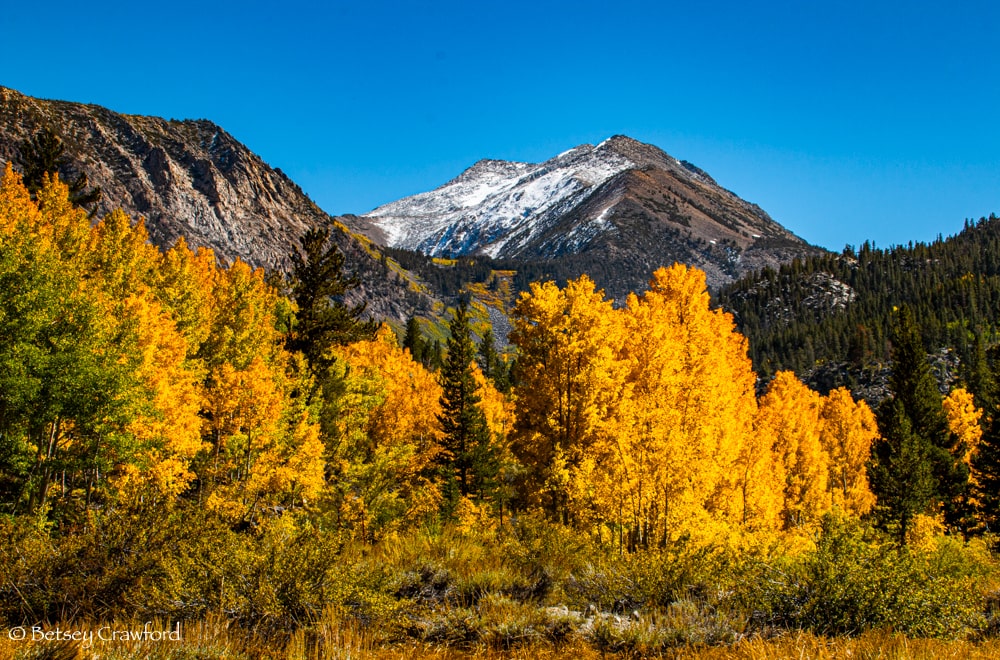
The Earth Charter’s founders saw what we see now. “The dominant patterns of production and consumption are causing environmental devastation, the depletion of resources, and a massive extinction of species.” The growing wealth gap. Injustice, poverty, violence. While recognizing the challenges, the document leaned toward optimism. “These trends are perilous — but not inevitable.” “The choice is ours.” Too many keep allowing other choices to be made on their behalf.

The current renewed push for oil production worldwide is counter to everything that the Earth Charter stands for. So is the renewed push to restrict the rights of minorities, women, the LGBTQ+ community, and immigrants. The push to sell off and develop pristine, public land. Wars of aggression and retaliation. The faltering of democratic norms and ideals.

(Photo of a community garden in Los Angeles, California by Melissa Wall via Flickr)
There have been times of great hope, especially the Paris Agreement of 2015. Renewable energy, electrification, regenerative farming, and habitat restoration have all come a long way in 25 years. But they are subject to the fits and starts that all large, long-range movements suffer from. On the one hand, California has proven that it can go for significant periods on renewable energy alone. On the other hand, that hasn’t prevented new oil leases from being granted in one of the most environmentally minded states in the country.

Right now, we are in one of those backward lurches that plague progress, making it frustratingly slow. And alarming, because we need big solutions to big problems, and need to implement them quickly. That means that some of the economic and social foundations of our culture need to change. Which is frightening, and makes people resistant, and more likely to put their hope in demagogues to make the challenges go away.
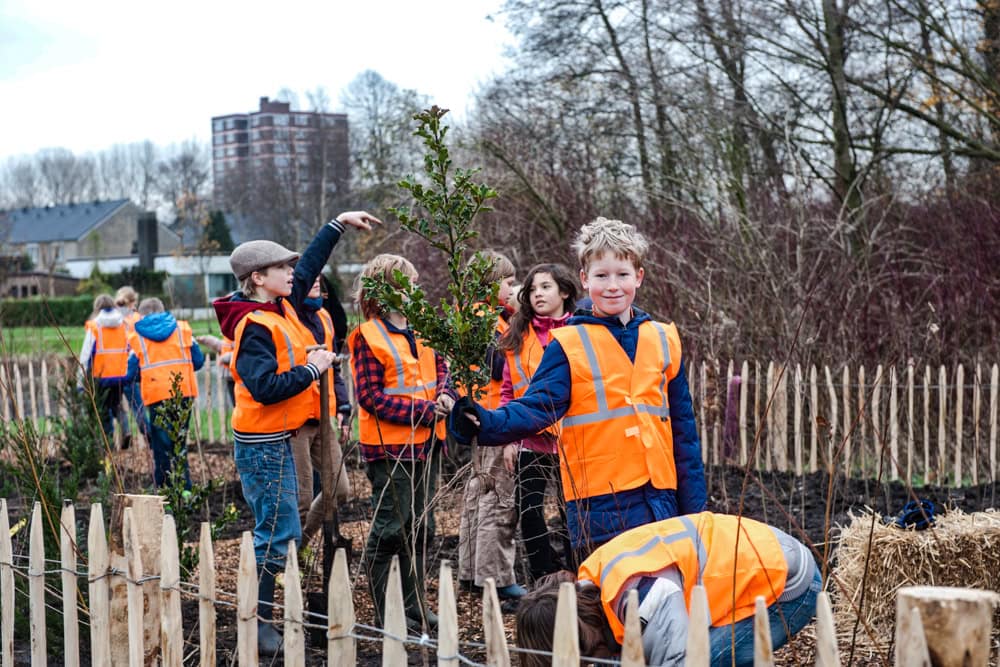
(Photo courtesy of Afforest)
Yet, everywhere creativity and invention are alive and thriving, even as the loudest news is the most dire. Despite all the noise, there are millions of people worldwide quietly working toward the Charter’s vision. Including the eponymous organization that emerged from the document, Earth Charter.

(Photo courtesy of the Pachamama Alliance)
Their website is full of ongoing courses, resources, events, outreach, and education around the globe. All focused on “turning conscience into action.” This week, they celebrated the 25th anniversary of the Charter with a three-day gathering at The Hague. Ever faithful to their founding document, the theme was Planetary Consciousness, Ethics of Care and Intergenerational Justice.
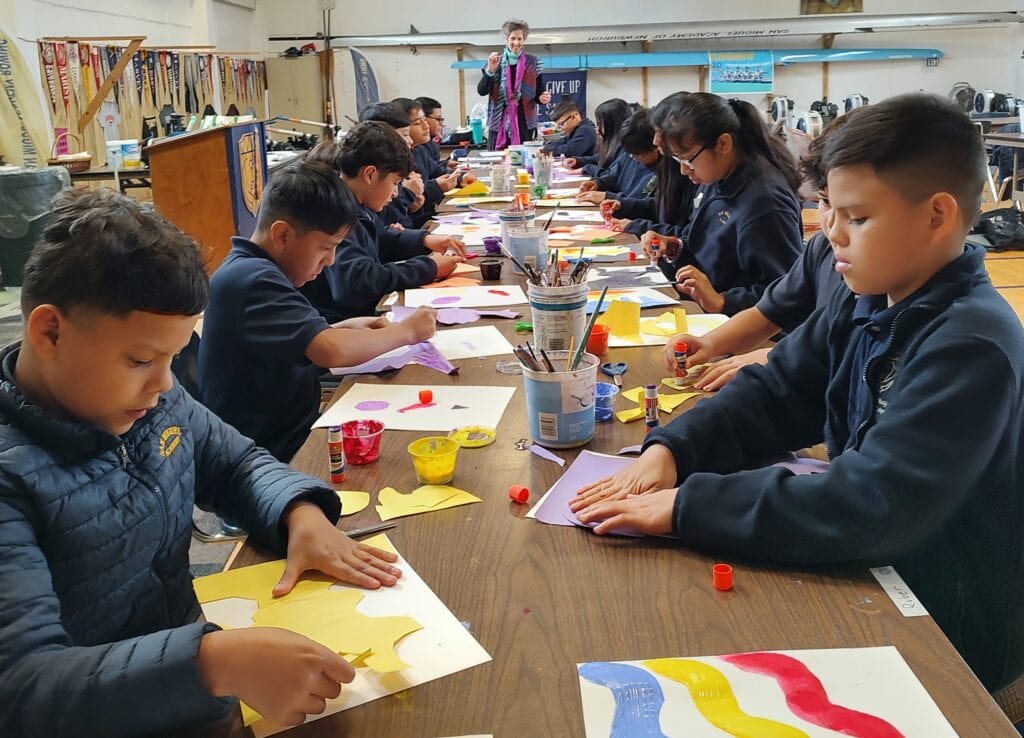
(Photo by Luis Chirinos of students at San Miguel Academy participating in Art Sparks, a program created by Imogene Drummond.)
The head of another of those millions of organizations, Jonathan Foley of Project Drawdown, wrote to his hardworking staff this week. “Remember, the work goes on, the world is not sitting still, and climate solutions are accelerating worldwide. We have other levers to pull, other actors to focus on. Cities, states, non-profits, businesses, investors, and philanthropists can still do a lot of heavy lifting, and together we can move mountains.” Indeed, cities the world over are already leading the way.
I’m an optimist by nature, and all of that gives me hope. This is the worldwide blessed unrest that I celebrate. Those dedicated millions will not stop advocating for the good they want to see because, for now, destruction seems to have triumphed. Most likely, they will work even harder for the Charter’s vision of peace:
“The wholeness created by right relationships with oneself, other persons, other cultures, other life, Earth, and the larger whole of which all are a part.”

~ RELATED POSTS ~

The American myth that the land “discovered” in 1492 was an untouched wilderness has it all wrong. It had been carefully tended for millennia. Not by wresting it from its productive ecosystems, but by fostering the bounty of the ecosystems themselves.

I think I’m addicted to a nearby forest. The combination of greens, glinting sunlight, and the spicy scent of bay leaves makes it irresistible. As we re-green our cities, let’s call it landscaping for happiness. There is science behind this pleasant idea, along with six million years of evolution.

THE GEOGRAPHY OF HOPE:
SAVING HALF THE EARTH
Biologist E.O. Wilson had a radical proposal: save half the earth to preserve biodiversity. Simple. And complicated. The challenges invite us to think about the other half.
It’s so clear when one reads this, and is reminded of the truth it contains, that we would ALL be so much happier, so much more at ease, if we could just live more by this charter than by any other… It’s clear as day.
OMG, this gives me chills, Betsey!!! What a meaningful and inspiring post, as always. Your overview of the Earth Charter juxtaposed with today’s political bend toward destruction provides a clarifying perspective. I love how you make connections while informing and inspiring us. Thank you for including the photograph and links of San Miguel students creating a collaborative piece in Art Sparks, and me. It’s an honor to be included in your phenomenal post. Brava for your extraordinary article about deeply meaningful and important work!
Thank you so much, Imogene. And thanks for sharing your work and the photos. Exactly the kind of thing the Earth Charger calls for.